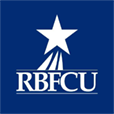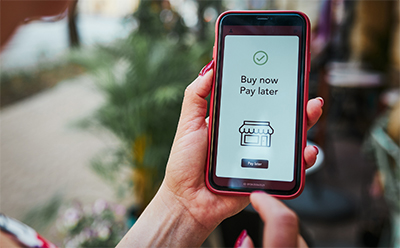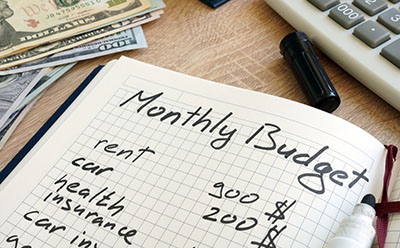How to Manage Your Debit and Credit Cards
Our digital society may be driving you crazy, with text messages, junk email and push notifications bombarding your mobile device or computer. But when it comes to staying on top of your credit or debit card accounts, you may save money by allowing the annoying noises to ding at you.
In fact, signing up for at least some mobile alerts to help you stay up to date on your credit or debit card usage should be a “no-brainer choice,” according to advisers contacted by CreditCards.com.
While many financial institutions provide real-time management of card transactions and balances online, these capabilities are increasingly moving to the smartphone or other mobile-friendly device. The writers at NerdWallet contend the smartphone is the “secret weapon for better managing your credit cards.”
The financial services technology provider Fiserv cites a 2018 Harris Poll showing almost half of U.S. banking customers receive alerts through financial organizations (65 percent of 18-24 year olds receive these alerts). Consumers surveyed were most interested in alerts regarding unusual amounts of activity on credit cards or ATMs, and credit card transactions that exceed a limit, are declined or are out of a usual geographic area.
A credit union like RBFCU can provide you with the online and mobile real-time access to the accounts you need. Through the “Manage Cards” option in RBFCU’s Online Banking platform or on the RBFCU Mobile app, members have options that will help them keep tabs on their credit or debit cards with:
- Freeze card: You can freeze your card if you believe it is lost or misplaced and want to ensure no transactions are made while you search for the card. Transactions will not be able to be completed until you submit a request to unfreeze your card.
- Report a lost or stolen card: When you report your card as lost or stolen, the card (and all other cards associated with the account or card number) will no longer be active and the new card mailed to you will have a different number.
- Activate a card: You must activate your new card once you’ve received it. All you have to do is click the “submit” option and your card is ready to be used.
- Replace card: This will send you a new card with the same card number as your previous one. Cards arrive in a few business days in a plain, non-RBFCU branded envelope.
- PIN request: If you need a new PIN, you can submit the request and expect the assigned PIN to arrive in the mail in a few business days.
- Set Alerts for card usage: You can set Alerts for when transactions exceed certain amounts or when a transaction has been made in a foreign country or online, over the phone or by mail.
For additional information on RBFCU credit cards and to see a list of helpful FAQs, visit rbfcu.org's credit card webpage.



